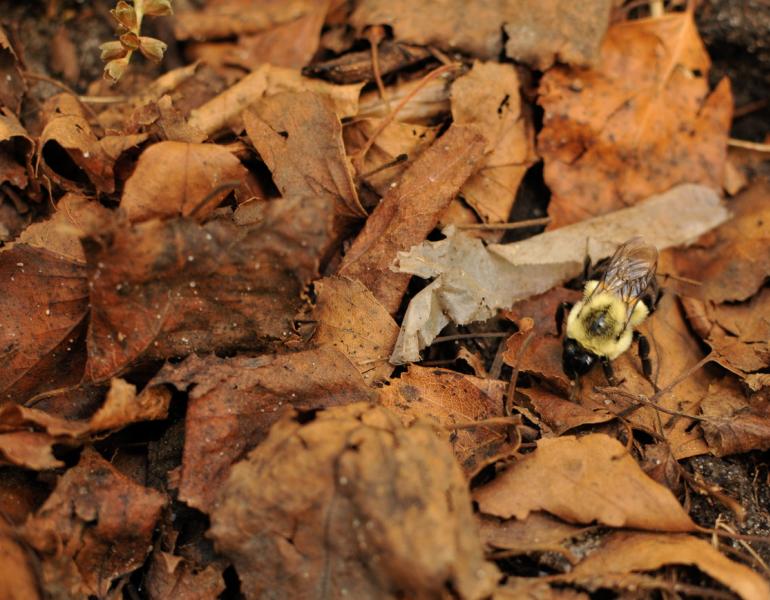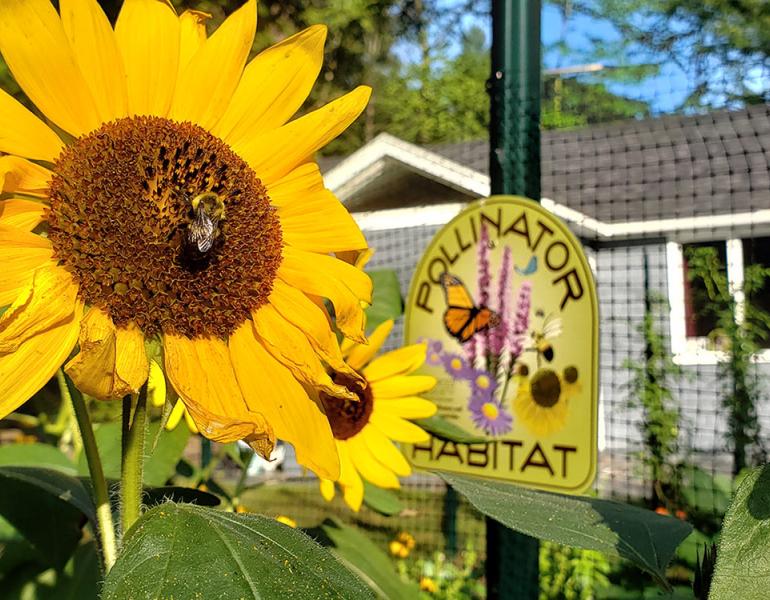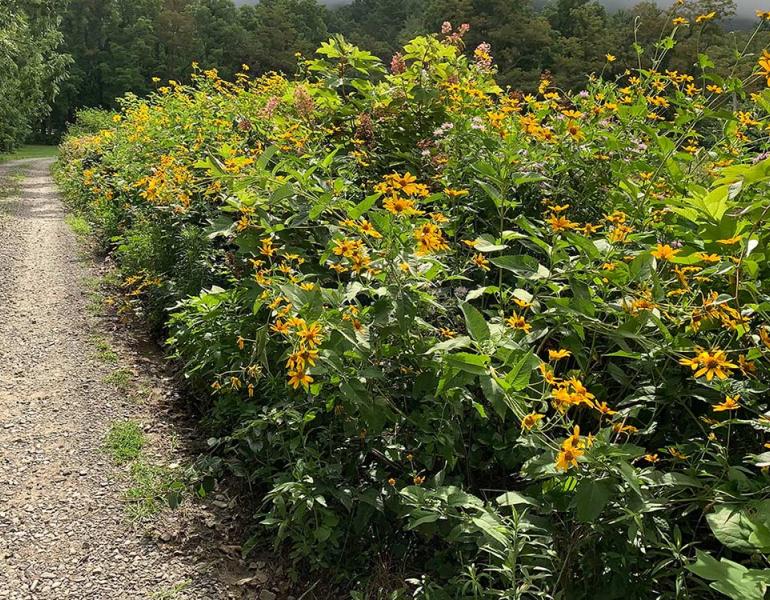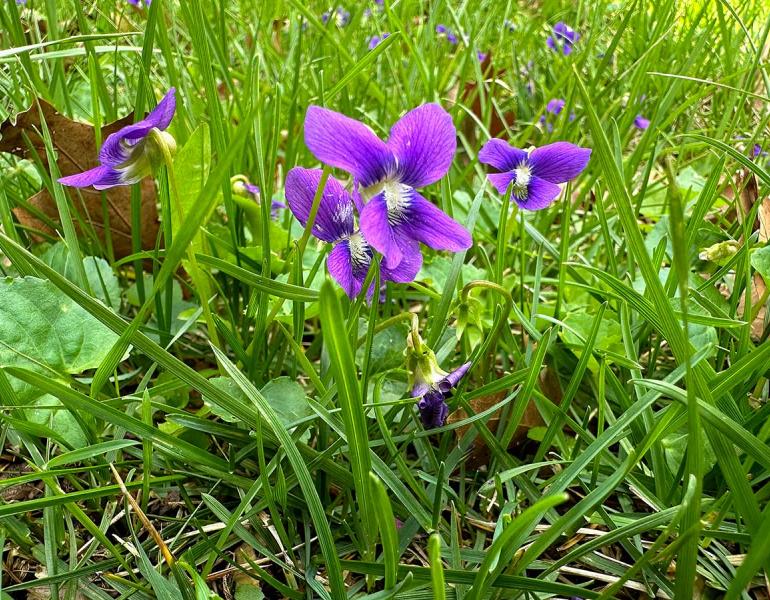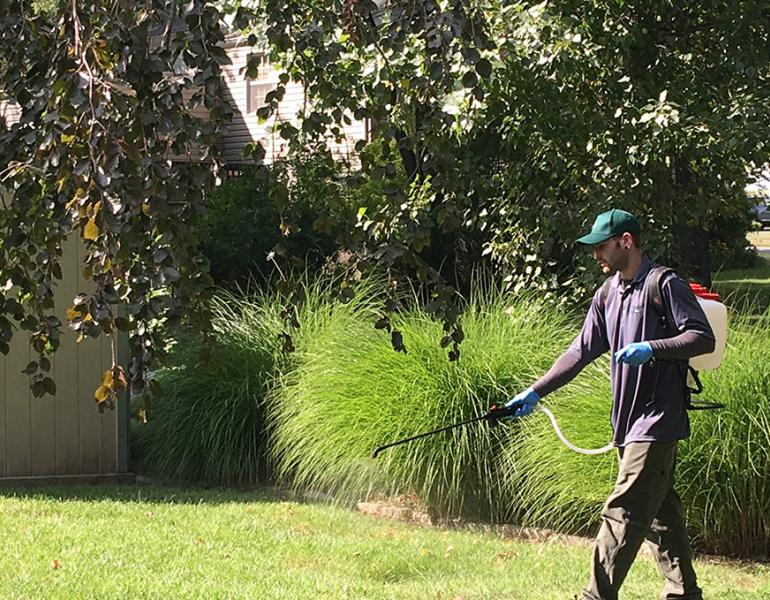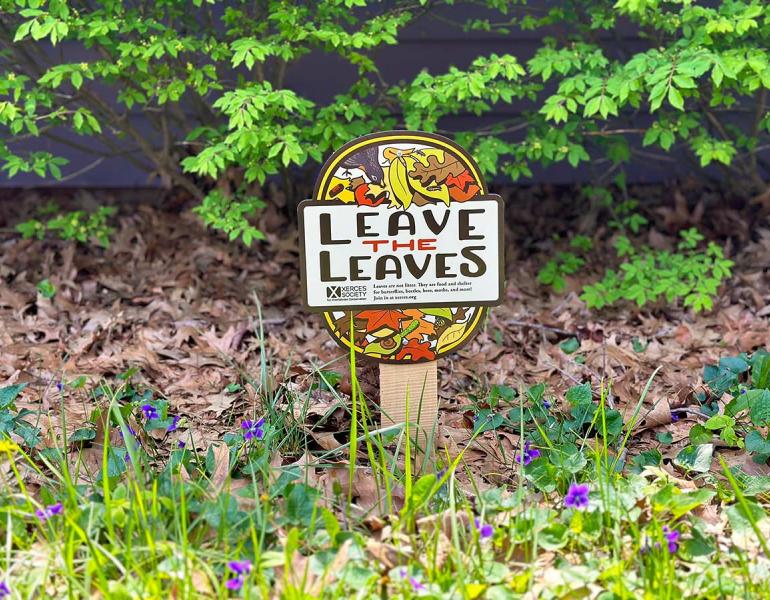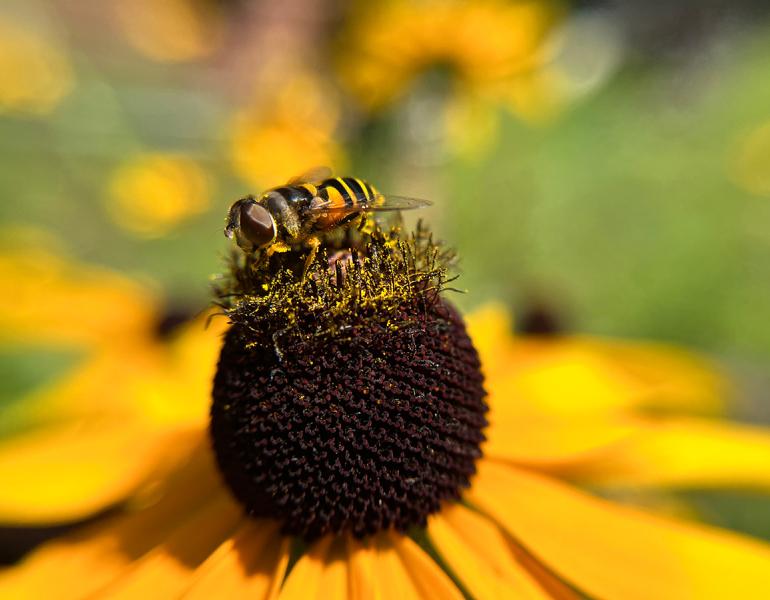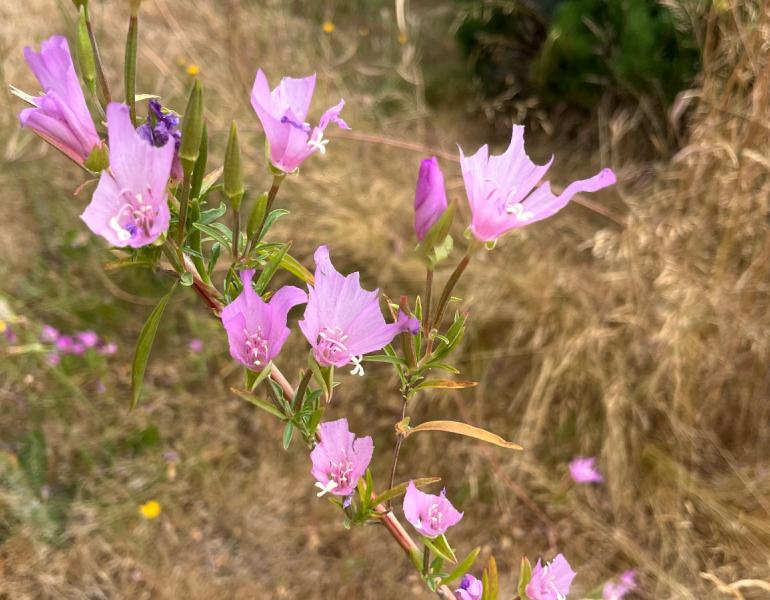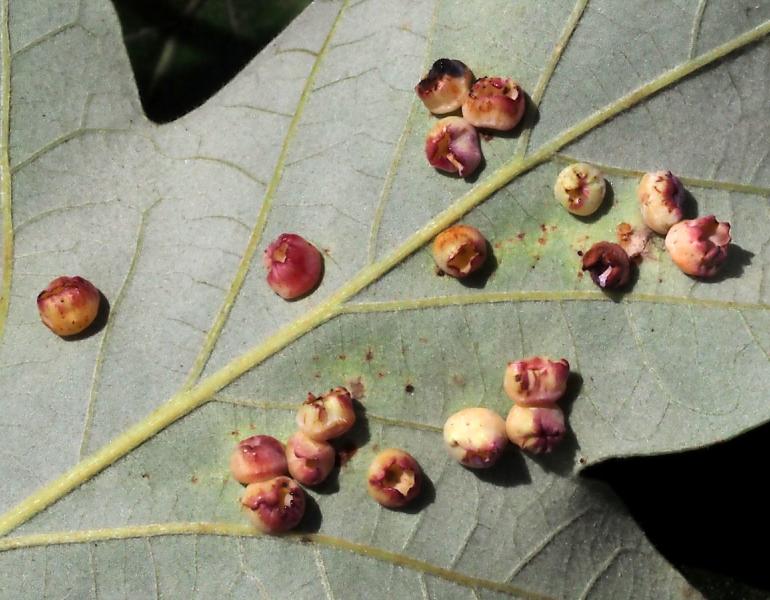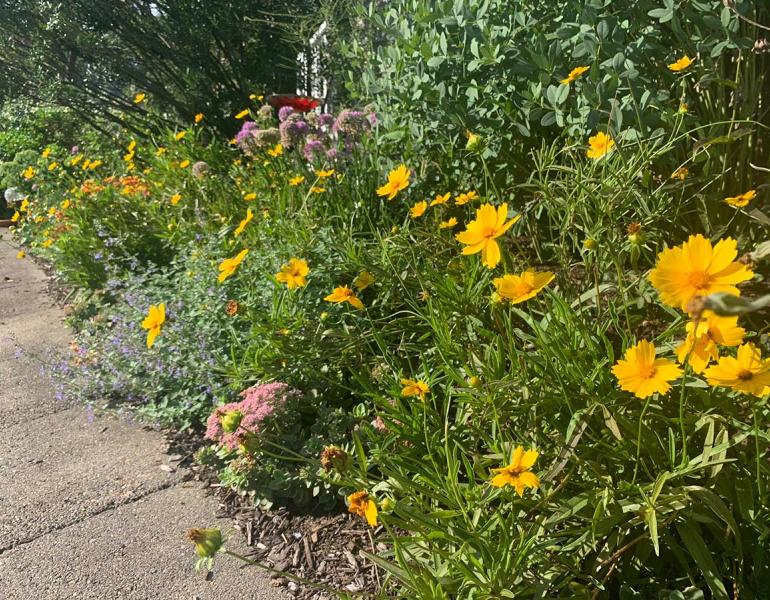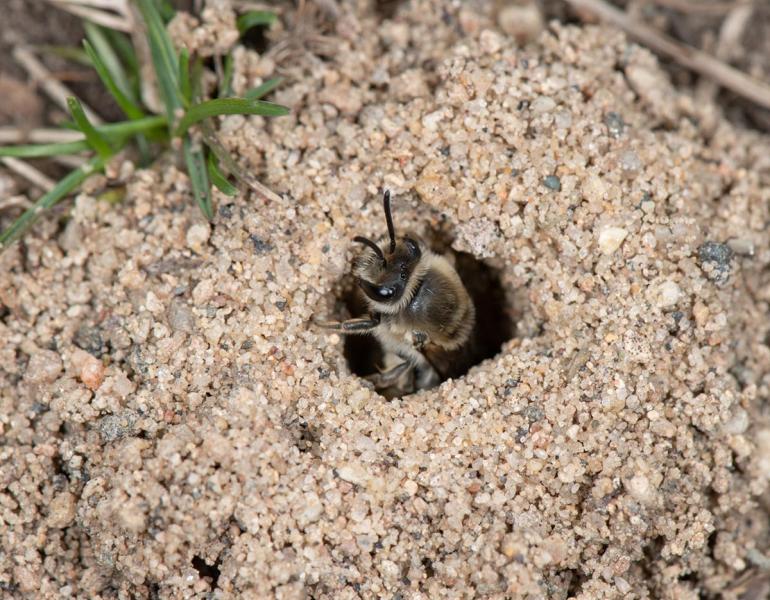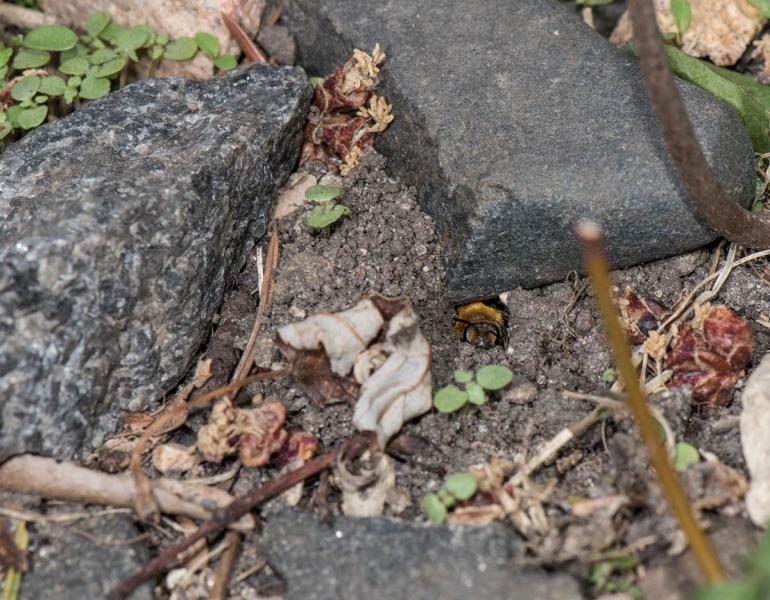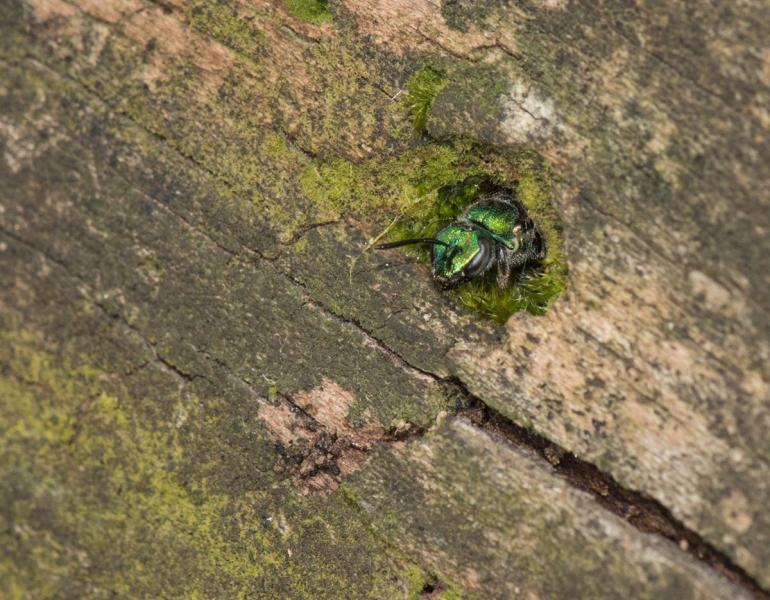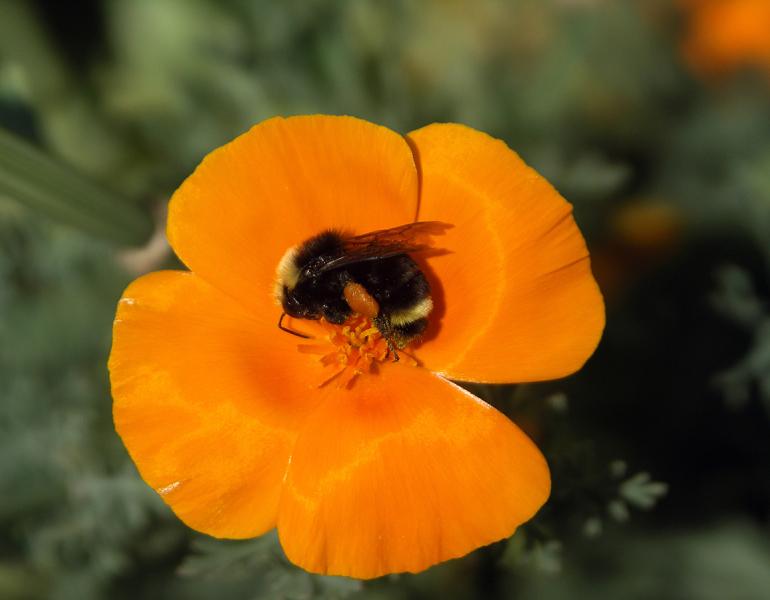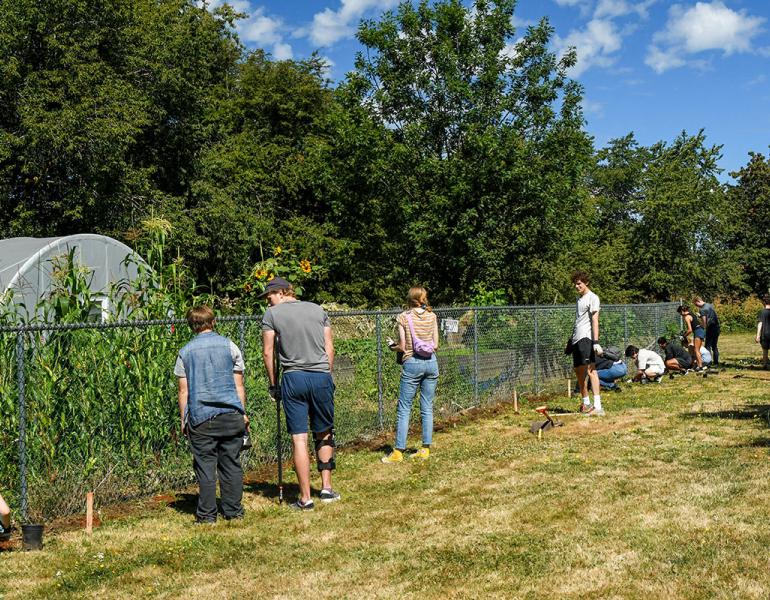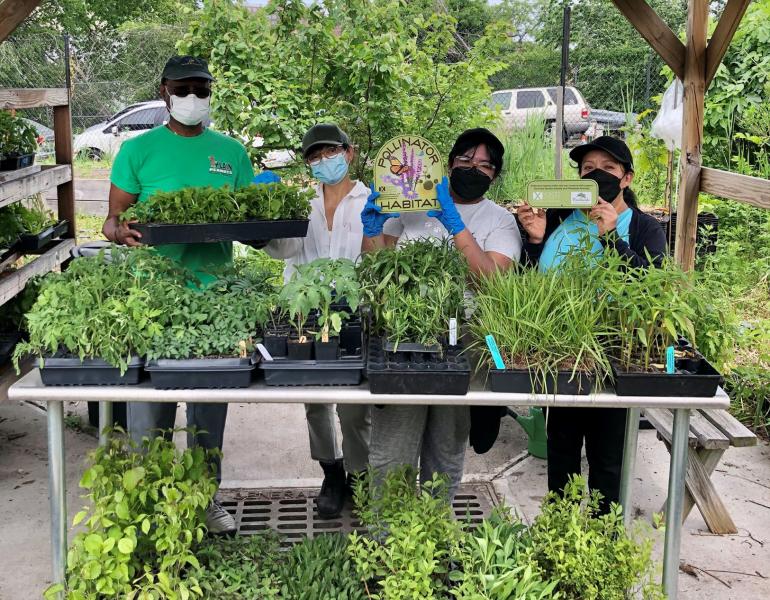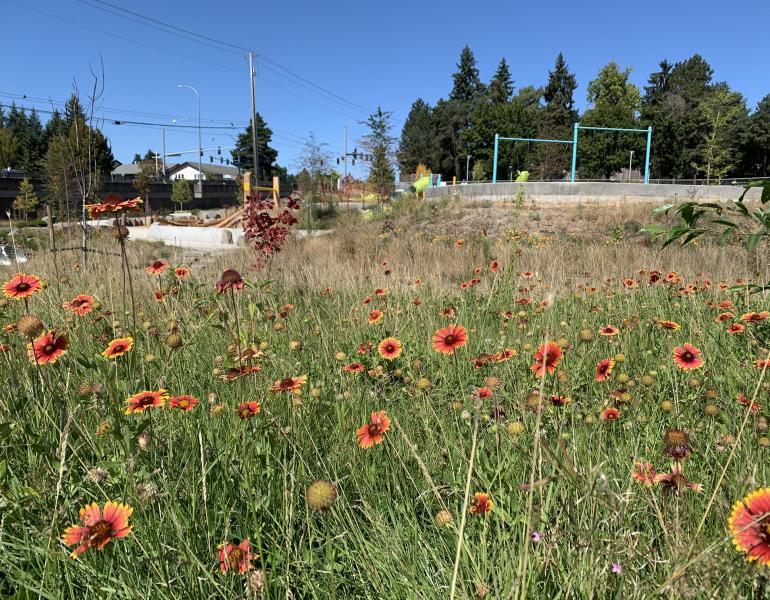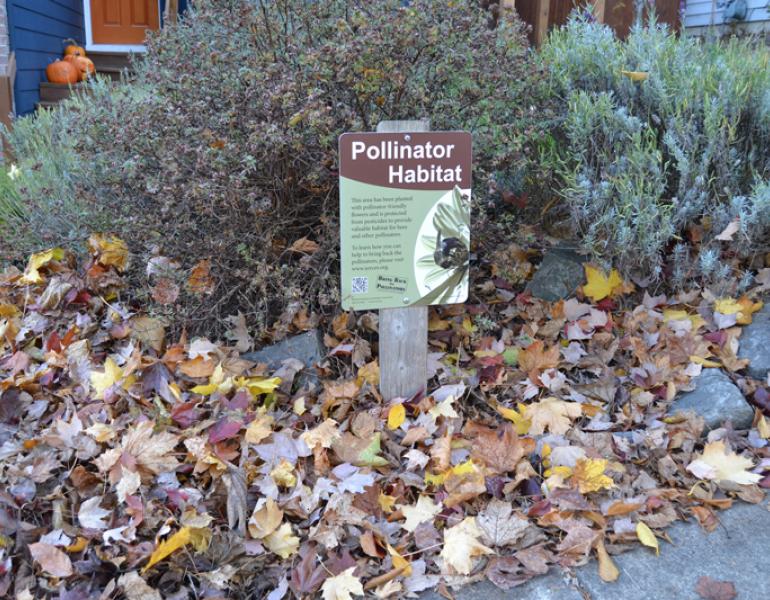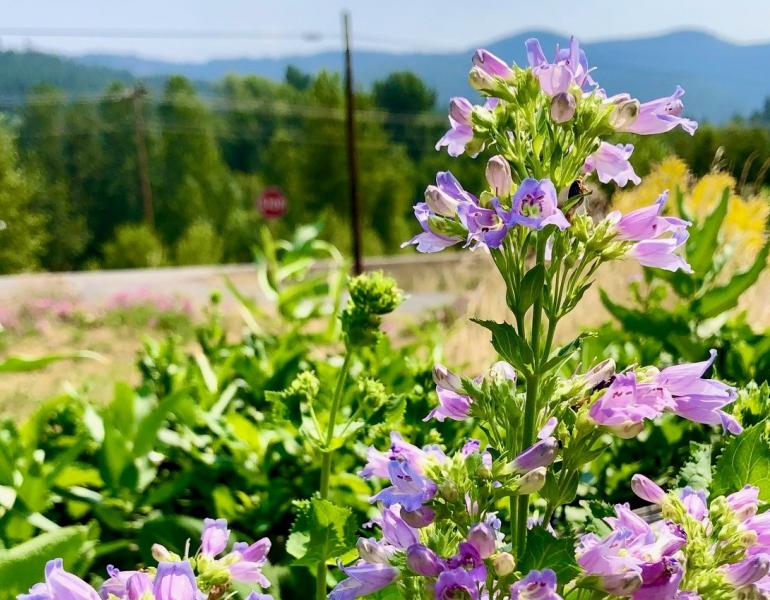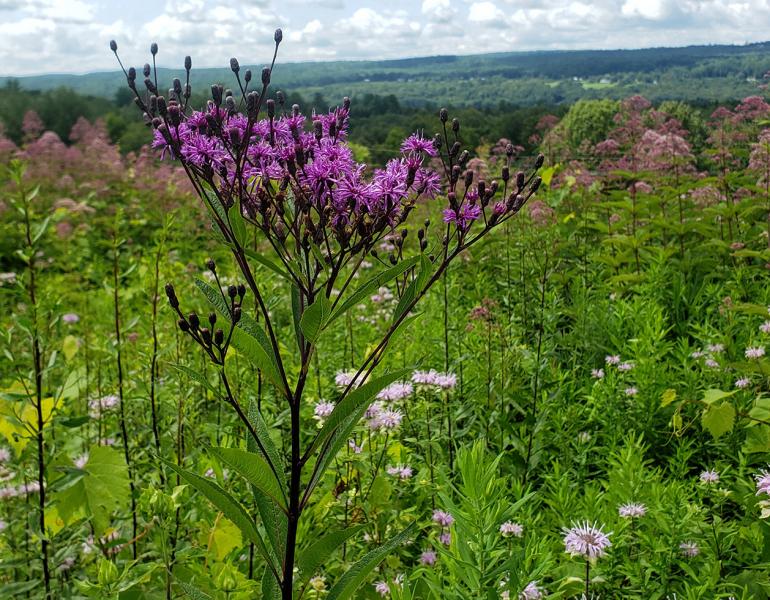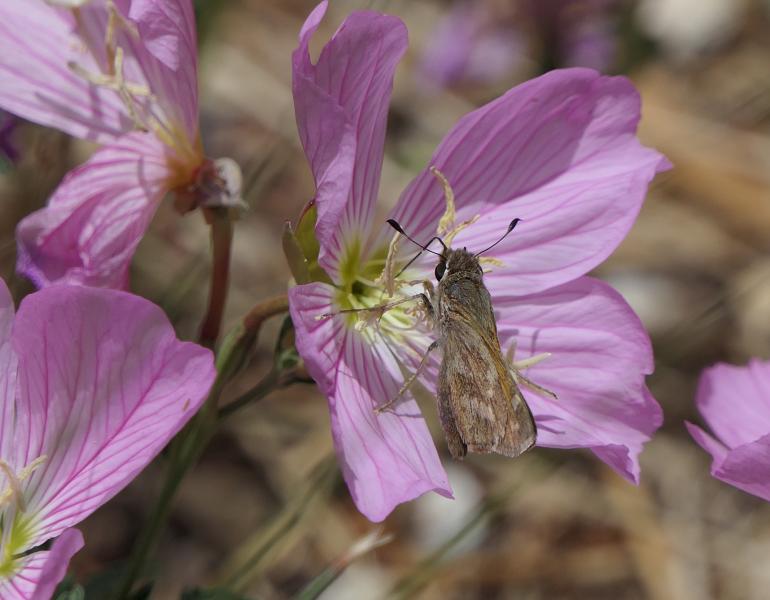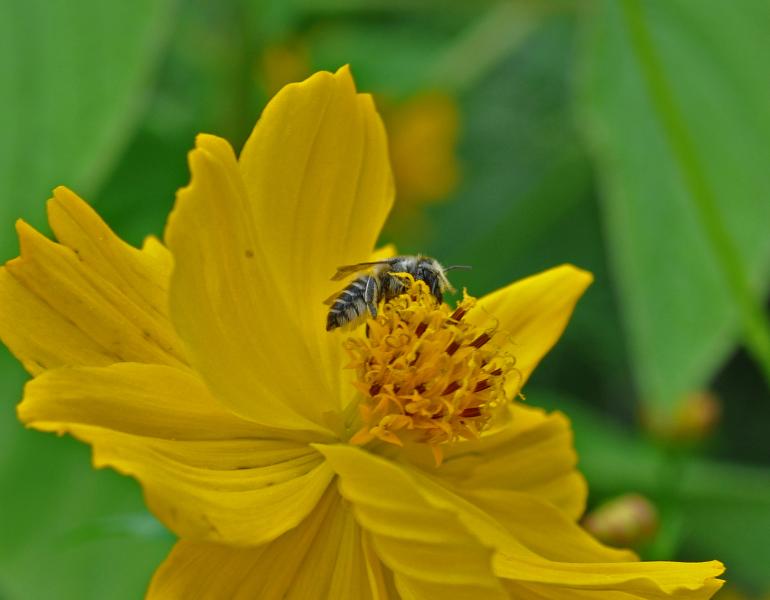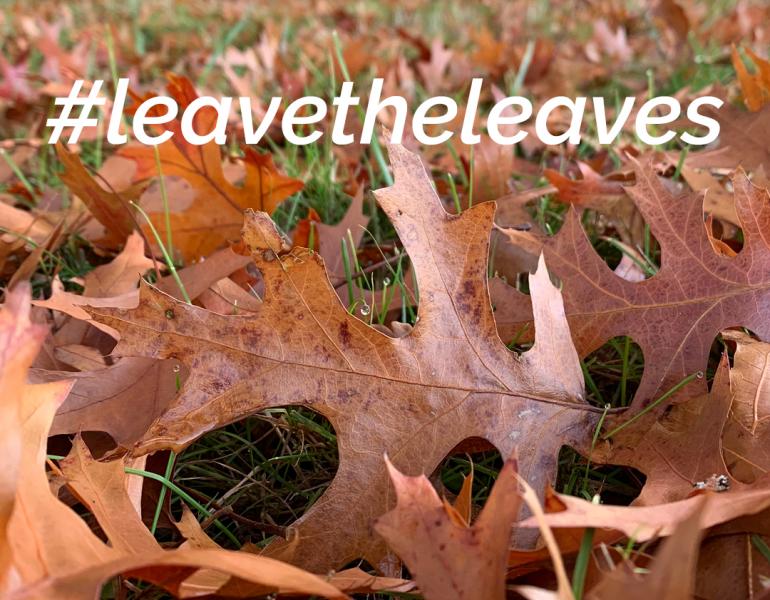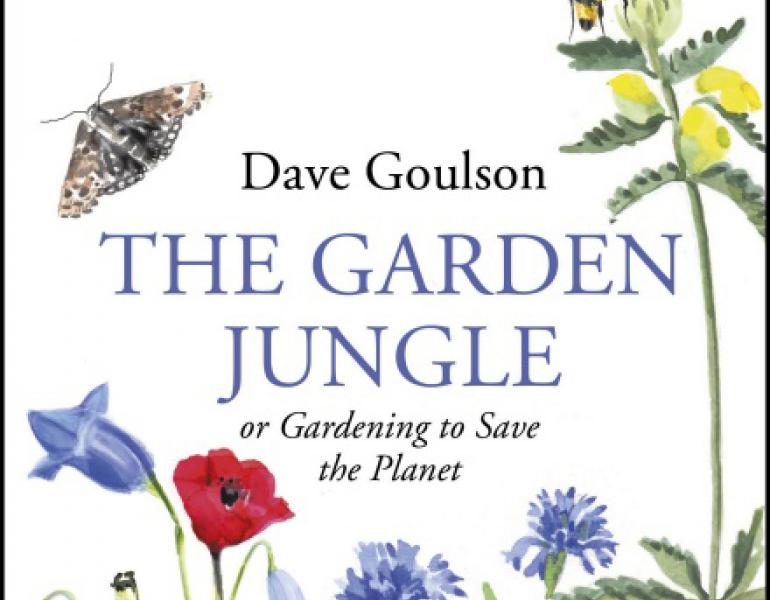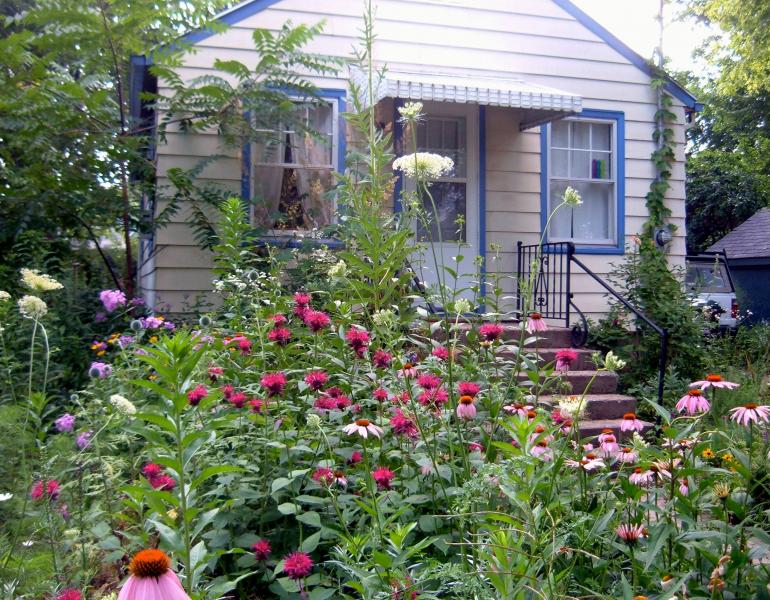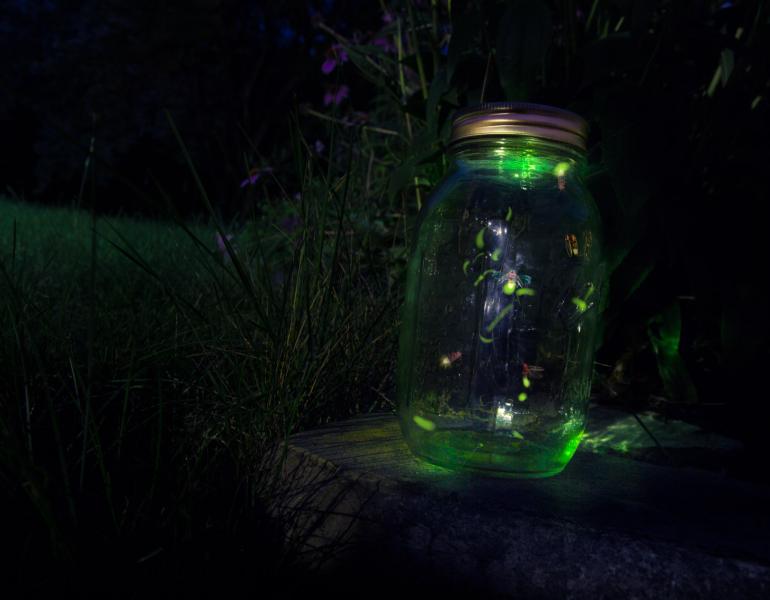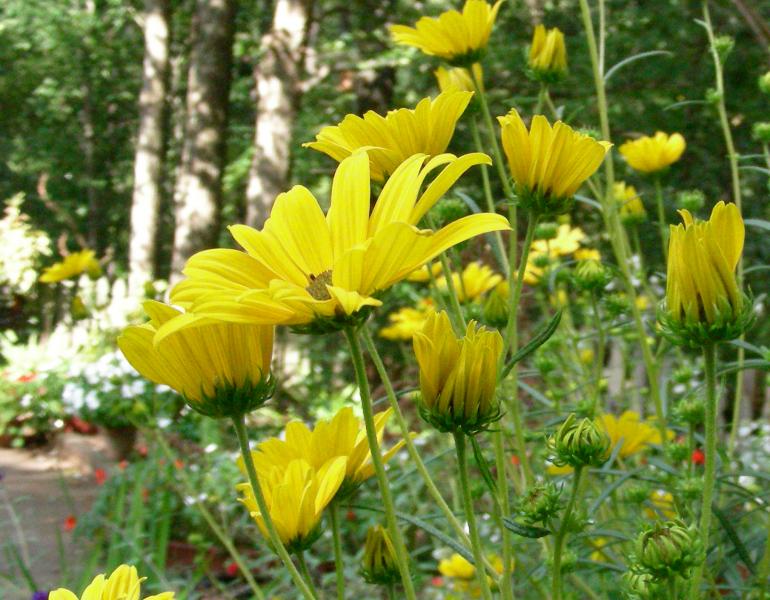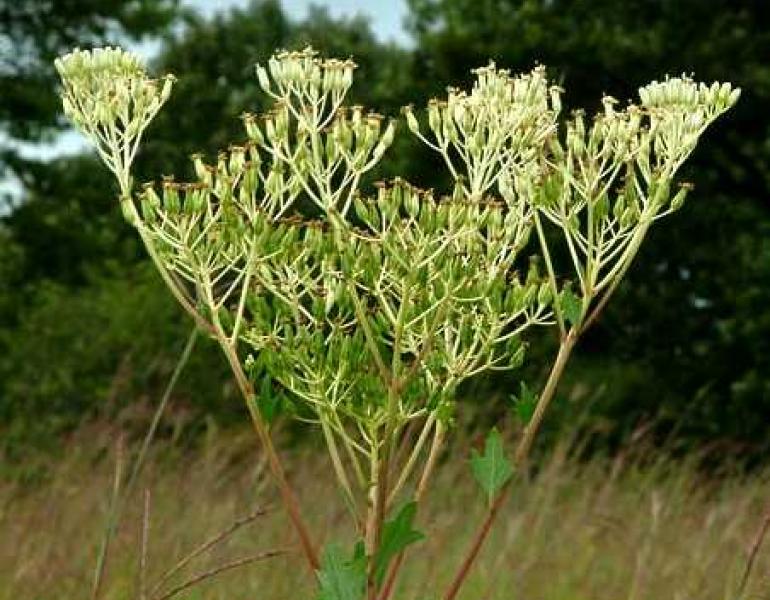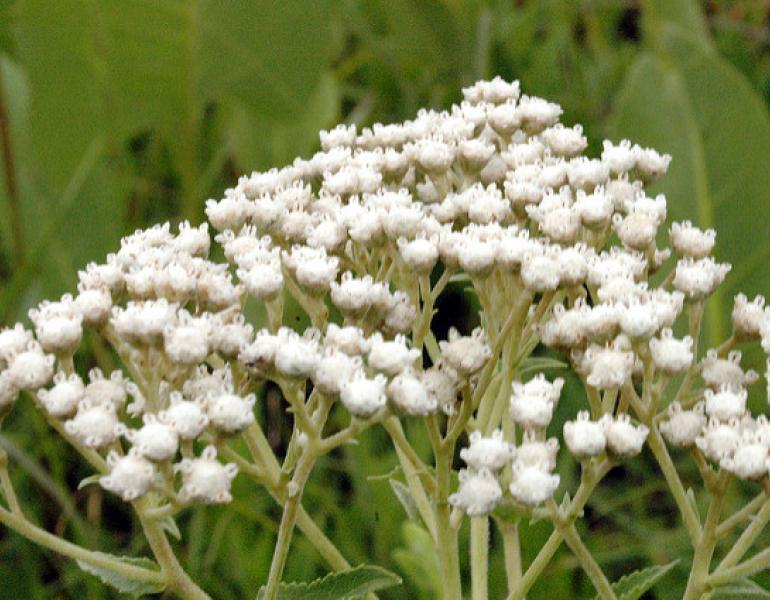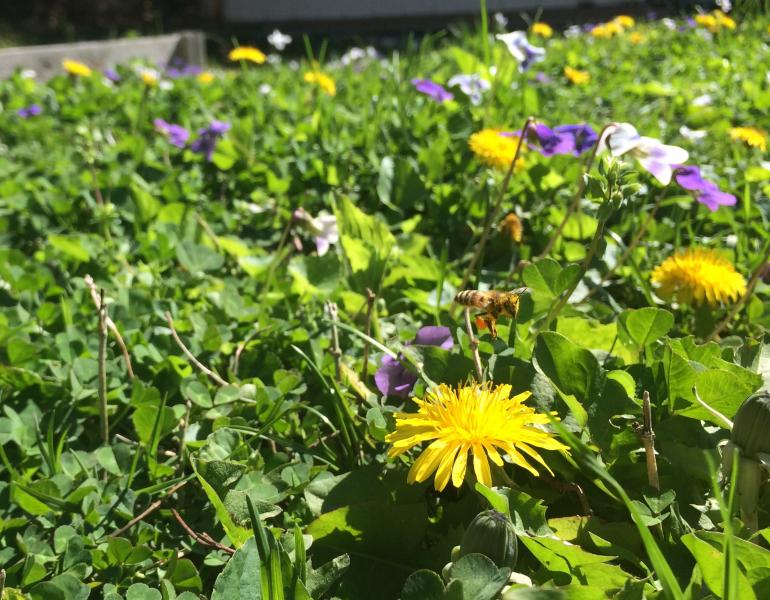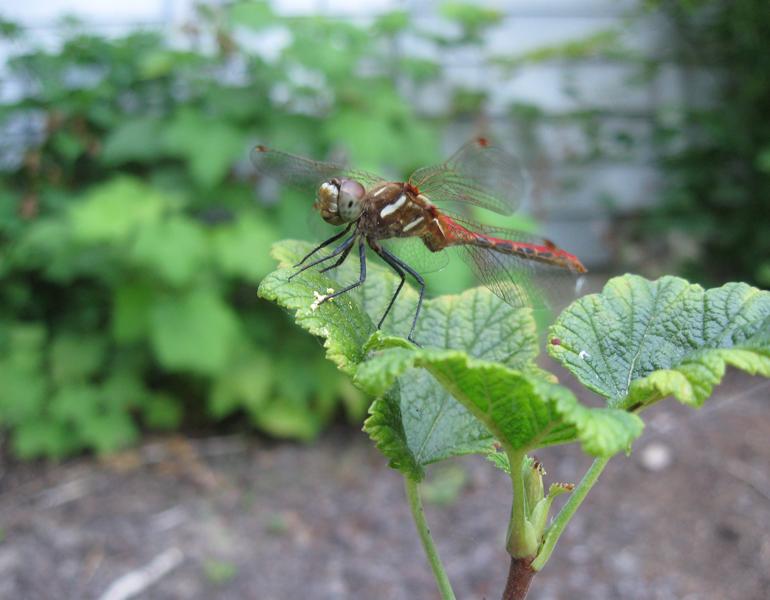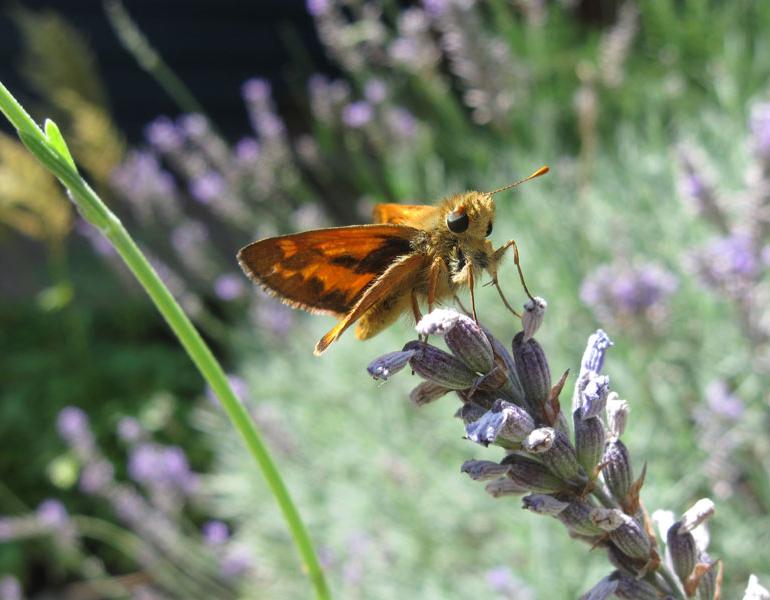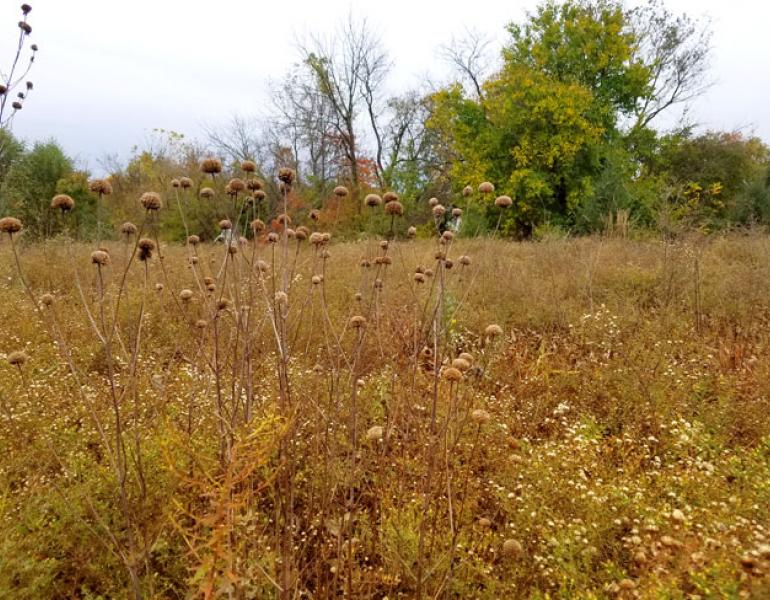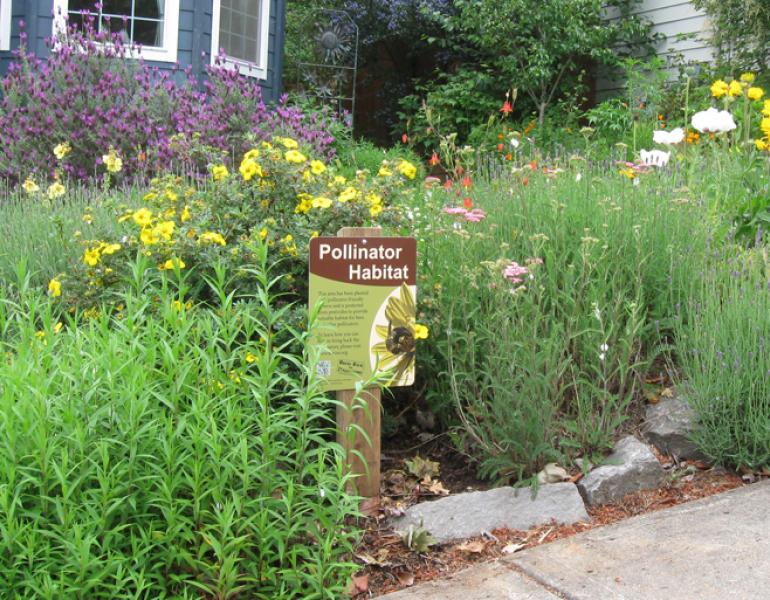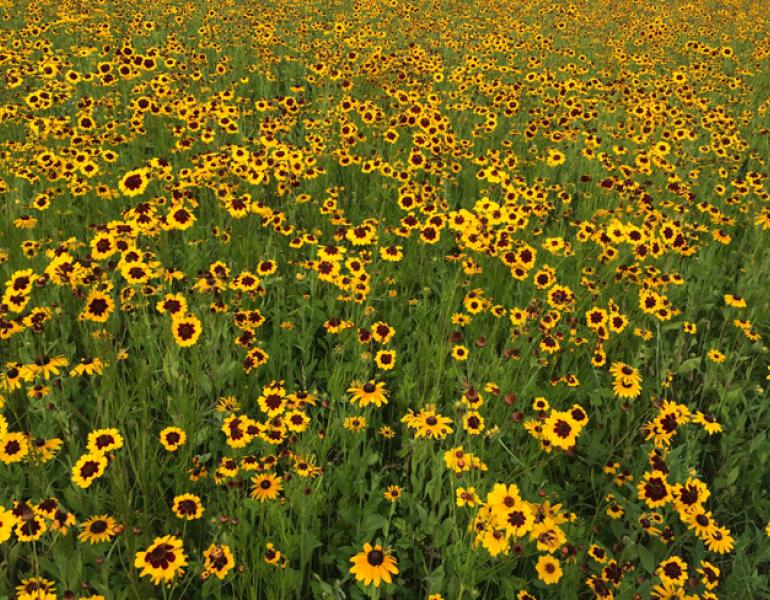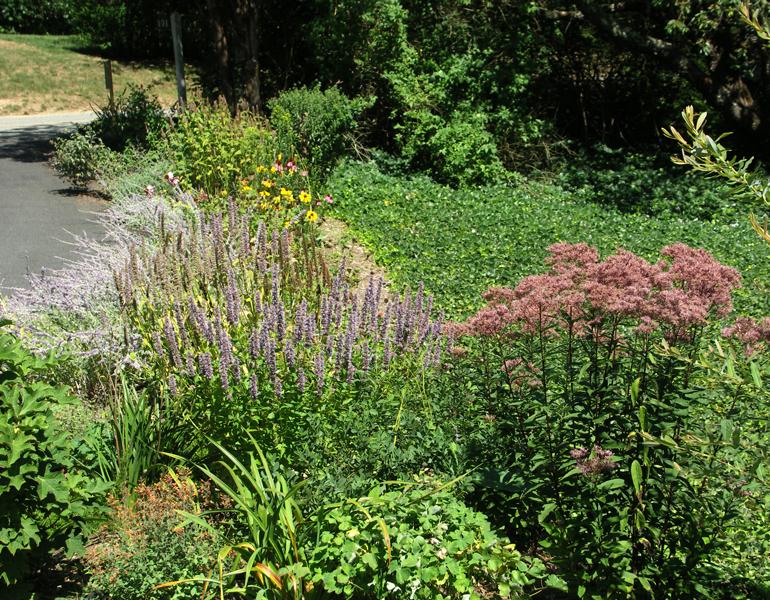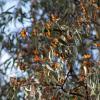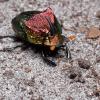Fallen leaves provide year-round habitat for all sorts of beneficial insects that eat pests in your yard!
Gardens
Leave the Leaves!
One of the most valuable ways to support pollinators and other invertebrates is to provide them with the shelter they need to survive the winter. Thankfully, all you need to do is do less yard work.
If You’re Thirsty, They’re Thirsty: Make a Simple Water Source To Support Pollinators
Even a humble puddle can make a big impact for your backyard wildlife. Learn how to make one that fits your space.
How to Make a Pollinator Garden
Gardens provide important food and shelter for pollinators. We've put together a list of tips that will help you prioritize the health and safety of these important garden inhabitants.
All About Hedgerows: Why They Help Wildlife and How to Plant Them
Hedgerows are more than just a living fence! With the right plants, they can be an incredible habitat for pollinators.
No Mow May: An Easy Start for a Nature-Friendly Yard (But Not the Finish Line)
"No Mow May" is a quick and catchy name for a movement that aims far beyond not mowing the yard for a month. It's a gateway to understanding how we share our lawns with many small creatures.
Stronger Together: How To Build Your Conservation Community This Earth Week
Building your community can help us do more for conservation, and lightens the load and keeps us coming back to the causes we care about. Here's how!
8 Common Pesticide Questions, Answered
You’ve probably encountered at least one of these eight common questions about pesticides in the garden. Let's check the facts!
For Pollinators' Sakes, Don’t Spring into Garden Cleanup Too Soon!
Early spring garden cleanup can disrupt critical invertebrate habitat and leave pollinators out in the cold. Our guidelines will help you determine when cleaning up won't bug the pollinators in your space.
How To Control Garden Pests While Supporting Pollinators
Learn how to set your garden up for success with integrated pest and pollinator management (IPPM)!
Put Down Those Pruners: Pollinators Need Your ‘Garden Garbage!’
When you "tidy up" at the end of the season, you're destroying much-needed winter cover for bees, butterflies, birds, and tons of other wildlife.
5 Beneficial Insects for Farms and Gardens
These helpful bugs are ready to control your garden pests for you!
Nature Notes: Snapshots of the Wildlife in our Gardens
Members of the Xerces Society’s pesticide reduction team share fun and fascinating observations of invertebrates in and around their yards and gardens.
Are My Plants Okay? How to Respond To Insects and Diseases in Trees and Shrubs
Learn how to recognize beneficial insects, and address many issues without pesticides.
They Go with Everything: Even a Small Patch of Native Wildflowers Makes a Difference
Jennifer Hopwood shares how adding even a few plants is the perfect complement to the other habitat features of your yard, garden, or balcony.
Clear Space for Bees: Why Pollinators in Your Yard Need Access To Bare Ground
Open patches of soil and sand, with few or no plants, are a key nesting habitat for the majority of native bees, and easy for us to provide.
Wildlife on the Rocks: Providing the Rocky Habitats Bugs Need for Shelter
Rock piles and stone walls might seem like they take yard space away from plants, but these features are crucial to support a diverse wildlife community.
Tiny Places for Tiny Animals: Building the Microhabitats that Bugs Need to Thrive
It’s easy to add small features, like a brush pile, dead stems, or a leafy corner that can make a big difference for wildlife! Here's how.
Top 7 Reasons to Stop Pesticide Use at Home
60 million pounds of pesticides are used in U.S. homes and gardens each year. Here are our top reasons to keep your space pesticide-free.
Planting for Bees, Butterflies, and Beauty in the Bronx
Two urban farms in the Bronx demonstrate a symbiotic relationship between people and pollinators. Communities at the Garden of Happiness and Tawqua Community Farm restore quality pollinator habitat and pollinators keep the gardens thriving and producing.
Supporting Pollinators at the People’s Garden of Portland, Oregon
The U.S. Department of Agriculture recognizes small-scale agricultural projects that benefit their communities as “People’s Gardens.” When the Portland People’s Garden became official this past summer, the Xerces Society worked with partners to establish pollinator and beneficial insect habitat around the garden and orchard.
Four Steps You can Take to Bring Back the Pollinators
Bees and other pollinators are clearly facing challenges from habitat loss and pesticide use, even climate change. By managing our gardens, parks, and other greenspaces with pollinators in mind, we can transform our towns and cities to support the insects that are essential for a healthy environment—and if we all do something, together we can have a big impact. Xerces' Bring Back the Pollinators campaign provides one way to achieve this change.
Habitat Kits: Partnering to Support Monarchs and Pollinators
Since 2019, the Xerces Society Habitat Kit Program has united Xerces, local residents, and native-plant nurseries to offer regionally appropriate plant materials grown to order by nurseries and supplied to our community partners. In return community members provide sweat equity: the time, the labor, and land. The habitat kits not only help people plant and nurture habitats that support monarchs and other pollinators, but they also remove financial barriers for groups and individuals who want to help.
New Guidelines Support Creation of Pollinator-Friendly Parks
To support the work being done by park managers across the country, the Xerces Society has recently released Pollinator-Friendly Parks: Enhancing Our Communities by Supporting Native Pollinators in Our Parks and Other Public Spaces. This is an updated and greatly expanded version of the 2008 release of Pollinator-Friendly Parks, chock full of information to help park managers plan and care for properties with pollinators and other insects in mind.
Midwinter Tasks for Pollinator Gardening
Even in January there are small actions you can take to support pollinators. Xerces' Pesticide Program Director Aimée Code shares what's on her winter chore list for her Pacific Northwest pollinator garden.
Saving Seeds Can Be an Easy Way to Grow Pollinator Habitat
Rae Powers shares her no-fuss, low-stress approach to seed saving and Corin Pease tells how pollinator demonstration gardens can spark inspiration.
Creating Wildflower Meadows from Scratch or by Simply Changing Mowing Regimes
When someone asks for help to increase pollinators in their landscape, many times the initial request is to start a pollinator meadow from seed. We love successful wildflower meadows started from scratch—but they can take several years of work. In the right place, just reducing mowing can result in improved conditions for pollinators.
Bee City USA Affiliate Spotlight: Decatur, GA
The Bee City USA and Bee Campus USA network includes more than 270 communities. The Decatur, GA, affiliate has made mosquito spraying by individual homeowners a central part of its advocacy efforts to protect pollinators.
Pollinator Protection Starts at Home—and can Spread Faster than Weeds!
Something as simple as observing the bees and other pollinators in your garden is a wonderful way to celebrate Pollinator Week. Late June is a time when, across the county, bees and butterflies are emerging and making themselves known. It is also a great time to pledge to do more for all these amazing creatures.
Supporting Firefly Conservation from Coast to Coast
Late spring and early summer are synonymous with fireflies. Females perch on vegetation or sit on the ground while males take flight, flashing their abdomens and awaiting a response from below. For humans, it could just as well be a magic show, a glimmering peek at one of the great wonders of the natural world.
New in Santa Fe: Pollinator Trail and Habitat Kit Program
Santa Fe, New Mexico, is the home of our pilot Pollinator Trail program, which aims to address habitat loss in urban areas. The project will create connected, climate-resilient pollinator habitat in an urban landscape through the distribution of habitat kits and development of partnerships with local organizations to conduct pollinator conservation outreach.
To Protect Pollinators, Talk to Your Nursery
Creating a welcoming home for local pollinators in your backyard or city park is reason enough to choose plants free from harmful pesticide residues. But how do you figure out if the plant you want is free of pesticides that can harm pollinators?
Leave the Leaves to Benefit Wildlife
For many people fall cleanup means cutting all the seed heads and stems off the flowers and raking up all of the leaves. This tidiness may look nice to us, but it is not good for all of the small creatures that live in and around your property. #leavetheleaves
Pollinator Conservation Program Digest - November 2020
In this edition of our monthly pollinator team digest, Kelly Gill offers an update on the New England Pollinator Partnership, and Jennifer Hopwood shares her experience of creating a backyard pond—not our usual fare for pollinator updates, but a great addition to any wildlife garden.
How to Identify and Respond to Pests at Home
Problems arise in even the most well-planned gardens, and it can be frustrating to see your plants suffering from an insect pest or disease. Learn how you can identify and respond to pests in your home garden and yard in ways that maintain the health and resilience of your local ecosystem.
How to Maximize Benefits to Pollinators in Cities and Towns
Pollinators are one of the easiest groups of declining animals to support in a residential landscape, since even small spaces have the potential to meet the most basic needs of the entire insect life cycle—and even simple changes to our landscaping can make a huge difference to these animals. Here at the Xerces Society, we recently created an Urban Habitat Assessment tool, designed to help you see your yard through the eyes of a pollinator, identify areas for improvement, and prioritize actions you can take to promote these insects in your yard and community.
Start Now To Prevent Mosquito-Borne Disease and Keep Our Pollinators Safe
The Xerces Society’s new fact sheet, Smarter Pest Management: Responding to Mosquito-Borne Disease and Protecting Pollinators, highlights ways for everyone to prevent mosquito-borne disease, with recommendations that are backed by the Centers for Disease Control and Prevention (CDC).
Earth Week Reading: Gardening to Save the Planet
Rich Hatfield, Senior Endangered Species Conservation Biologist, writes in this book review, "I was expecting The Garden Jungle: or Gardening to Save the Planet to be a great read, but for me it was more than that."
12 Climate Actions for Earth Week
Some good news (amidst all the bad lately) is that even with physical distancing and shelter-in-place requirements, there are still a lot of actions many of us can take to help in the fight against climate change. Focusing on one or any combination of these actions can help.
Nature Close to Home: Reimagining Gardens to Support Invertebrates
Scott Hoffman Black, executive director of the Xerces Society, encourages gardeners to increase the diversity of native plants, ensure that there are places for insects to nest, and avoid using pesticides.
Remember the Ground Nesting Bees when You Make Your Patch of Land Pollinator-Friendly
Providing nesting sites and reducing or eliminating pesticide use is key to supporting these important pollinators.
Managing Invertebrate-Friendly Gardens
Many Xerces Society members create wildlife gardens that are particularly hospitable to invertebrates. Here are three wonderful examples.
Bring Back the Pollinators During National Pollinator Week
With Pollinator Week upon us, now is the time to reaffirm our commitment to protecting these vital invertebrates. Here are some tangible ways to help.
Pesticide-Free Gardening Tips for Earth Week and Beyond
Please consider spending Earth Week in the garden, enjoying the diversity of insects, and taking a few of the actions outlined below to simultaneously minimize pest problems and avoid the use of pesticides.
Pledge to Bring Back the Pollinators—on Earth Day and Every Day
During Earth Week 2019, we are asking you to consider taking simple, yet impactful, steps to make the world better for bees, butterflies, and other essential invertebrates.
Cedaroak Park Primary School Gardens Offer Learning Opportunities
Jenni Denekas, Xerces' web and communications coordinator, writes, "Being assigned to create an interpretive panel for Cedaroak Park Primary School, where I attended grade school, was a special experience."
Weird and Wonderful Plants for Pollinators: Pale Indian Plantain
Pale Indian plantain is a plant with high ambitions—leaping to up to nine feet in height! The unusual flowers are visited by a mix of predatory wasps, which are the plant's primary pollinators and provide some of the best pest control you could ask for.
Weird and Wonderful Plants for Pollinators: Wild Quinine
Also known as wild feverfew, this plant has a long history of medicinal use by Native Americans and the US Army. During World War I, wild quinine was used as a substitute for the bark of the Cinchona tree—as the active ingredient of quinine used to treat malaria.
Weird and Wonderful Plants for Pollinators: Rattlesnake Master
It won't protect you from a snake bite, but rattlesnake master still has many virtues to recommend it.
Weird and Wonderful Plants for Pollinators: Prairie Smoke
Where there’s smoke, there’s fire - but where there’s prairie smoke, there are bumble bees, buzz-pollination, and a bit of thievery.
Bee Friendlier with Your Lawncare
If you’re ready to re-think your lawn, read on for practical advice and small changes that can help support pollinators and a healthier planet.
10 Ways to Celebrate Earth Day
Here are some ways you can work to promote a healthy planet for invertebrates and the people they let share their planet.
How Our Gardening Choices Affect the Health of Our Waterways
Pesticide Program Director Aimee Code shares thoughts on her garden, information about pesticide impacts to our watershed, and news about upcoming Xerces projects in this article from Wings Magazine.
Staff Stories: Life in the Suburbs
Our Communications Director Matthew Shepherd shares stories of creating a mini wildlife sanctuary in his Portland, OR garden, and the many plant/insect interactions that have brought his family so much enjoyment in a suburban space.
Picking Plants for Pollinators: The Cultivar Conundrum
What are cultivars, and do they have the same benefits to pollinators as non-cultivars? The answer depends—not all cultivars are created equally.
Going Beyond the Bloom: Don’t Be Just A Flower-Weather Friend
There's still plenty to do to restore, protect, and expand habitat in the "off" season!
Are you up for the Million Pollinator Garden Challenge?
Can the nation establish a network of one million pollinator gardens within two years? Yes we can!
A Mother-and-Son Perspective on a Pollinator Garden
Alice Vaughan wrote a lovely narrative of her bee garden on Cape Cod in Massachusetts. Alice’s son, Mace (who co-directs our pollinator program), added his memories of sharing in the garden.
Wildflowers, Harbingers of Spring
Spring wildflowers are an important first food of the season for pollinators. Jennifer Hopwood discusses the importance of these harbingers of spring.


